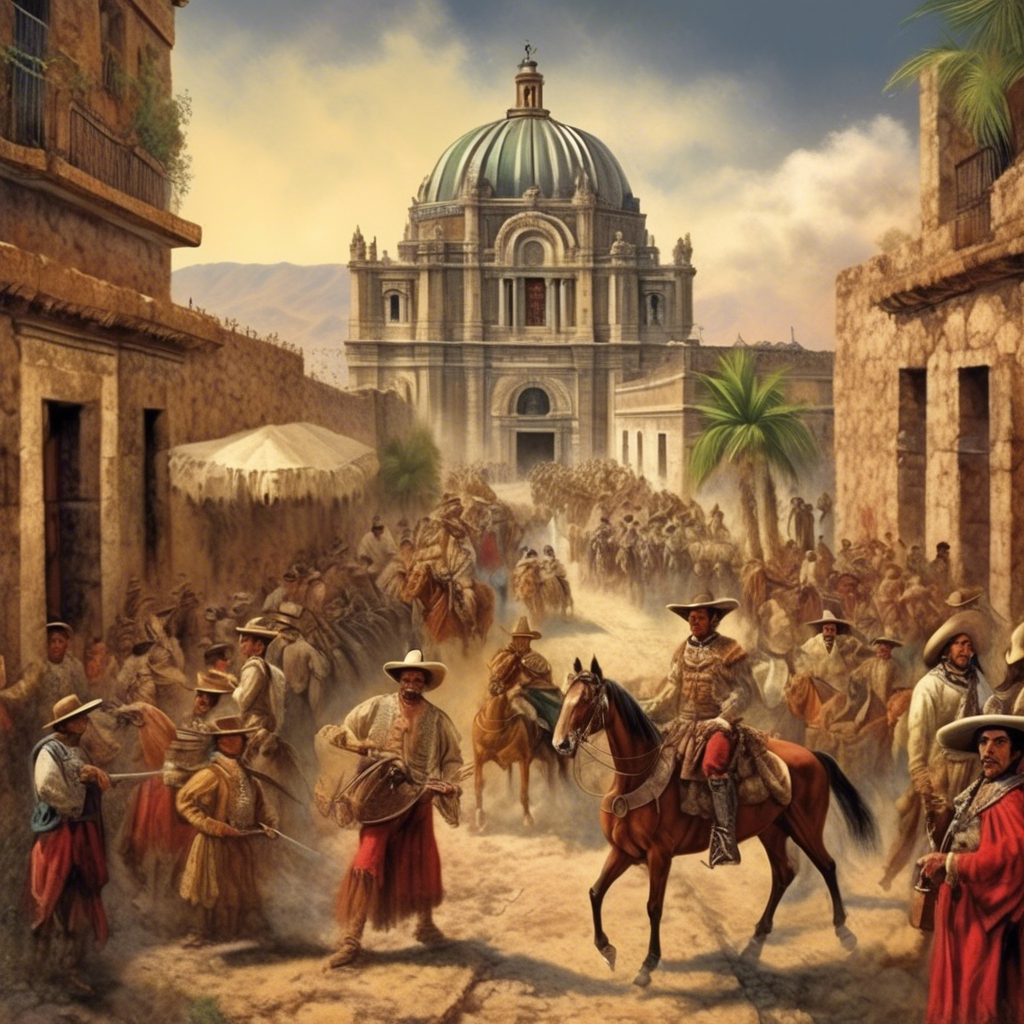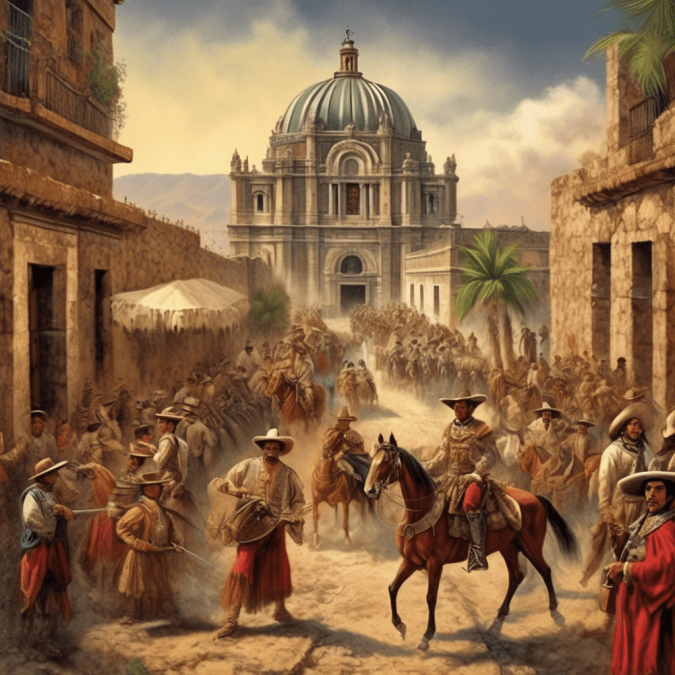
1. Introduction
Mexico, a country rich in history and culture, has a geographical location that has played a significant role in shaping its past and present. Situated in the southern part of North America, Mexico shares its borders with the United States to the north and Guatemala and Belize to the south. This diverse landscape, ranging from deserts to mountains to coastal regions, has been home to numerous civilizations throughout the centuries. The history of Mexico is a fascinating tapestry of ancient civilizations, colonial conquests, independence struggles, and modern developments. This project aims to delve into the depths of Mexico’s history, from the pre-Columbian era to the present day, exploring the key events, figures, and cultural aspects that have shaped the nation.
2. Pre-Columbian Era
Description of the ancient civilizations
The pre-Columbian era in Mexico was marked by the presence of advanced civilizations such as the Olmec, Maya, and Aztec. The Olmec, known for their colossal stone heads, laid the foundation for Mesoamerican culture. The Maya civilization, with its impressive architectural achievements and hieroglyphic writing system, thrived in the Yucatan Peninsula. The Aztec Empire, centered in the capital city of Tenochtitlan, was a formidable power with a complex social hierarchy and a rich religious tradition.
Cultural achievements and impact of Spanish colonization
These civilizations made significant cultural achievements in art, architecture, agriculture, and astronomy. They had well-developed political structures, with rulers holding divine status. Their religious beliefs were intertwined with daily life, including rituals and sacrifices to appease the gods. However, the arrival of Spanish conquistadors in the 16th century brought devastation to these civilizations. The Spanish colonization led to the decline of indigenous cultures, the spread of diseases, and the imposition of Christianity.
3. Spanish Conquest and Colonial Period
Arrival of the Spanish conquistadors
The Spanish conquest of Mexico began with the arrival of Hernan Cortes in 1519, leading to the fall of the Aztec Empire. The establishment of New Spain in 1521 marked the beginning of the colonial period. The Spanish imposed their authority, exploiting indigenous labor and resources for their gain.
Impact on the indigenous population
The indigenous population suffered greatly under Spanish rule, facing forced labor, land seizures, and cultural suppression. The caste system was established, segregating the population based on race and social status. Despite resistance movements, the indigenous people were marginalized and oppressed.
Colonial economy, society, and cultural exchange
The colonial economy was based on mining, agriculture, and trade, with wealth flowing back to Spain. Society was stratified, with Spanish colonizers at the top and indigenous people at the bottom. Cultural exchange occurred, blending Spanish and indigenous traditions to create a unique Mexican identity.
4. Independence and Early Republic
Mexican War of Independence
The Mexican War of Independence, led by figures like Miguel Hidalgo and Jose Maria Morelos, began in 1810 and culminated in the declaration of independence in 1821. The struggle against Spanish rule was marked by internal divisions and external pressures, but ultimately led to the birth of the Mexican Republic.
Challenges faced during the early years
The early years of the Mexican Republic were fraught with challenges, including political instability, territorial disputes, and economic struggles. The legacy of colonialism and the fight for independence shaped the nascent nation, setting the stage for future conflicts.
5. Mexican-American War and French Intervention
Conflicts with the United States and France
The Mexican-American War in the 1840s resulted in the loss of half of Mexico’s territory to the United States, including present-day California, Texas, and New Mexico. The French intervention in the 1860s led to the establishment of the Second Mexican Empire under Maximilian I, supported by conservative forces.
Overthrow of the French intervention
The French intervention was met with resistance from Mexican forces, culminating in the overthrow of Maximilian and the restoration of the Republic in 1867. The struggle for independence and sovereignty continued, shaping Mexico’s national identity.
6. Mexican Revolution
Causes and key players
The Mexican Revolution of the early 20th century was sparked by social inequality, political corruption, and economic exploitation. Key players like Emiliano Zapata, Pancho Villa, and Francisco Madero led the charge against the oppressive regime of Porfirio Diaz, calling for land reform, labor rights, and political change.
Social, political, and economic changes
The revolution brought about significant social, political, and economic changes, including the redistribution of land, the enshrinement of labor rights, and the establishment of a more inclusive political system. The legacy of the revolution shaped modern Mexico’s commitment to social justice and equality.
7. Modern Mexico
Political developments in the 20th and 21st centuries
In the 20th and 21st centuries, Mexico experienced political transformations, including the long rule of the Institutional Revolutionary Party (PRI), the signing of the NAFTA agreement with the United States and Canada, and the rise of drug cartel violence. These events reflected Mexico’s complex relationship with power, trade, and security.
Economic growth, social challenges, and cultural diversity
Mexico’s economic growth was marked by periods of boom and bust, influenced by global markets and domestic policies. Social challenges such as poverty, inequality, and corruption persisted, impacting the lives of millions of Mexicans. The country’s cultural diversity, with roots in indigenous, Spanish, and African traditions, continued to shape its identity.
8. Conclusion
In conclusion, the history of Mexico is a story of resilience, resistance, and renewal. From the ancient civilizations of the pre-Columbian era to the modern challenges of the 21st century, Mexico has faced triumphs and tribulations that have shaped its identity. Understanding Mexico’s history is essential to grasping the complexities of its present-day reality and envisioning a future of justice and prosperity for all its people.
